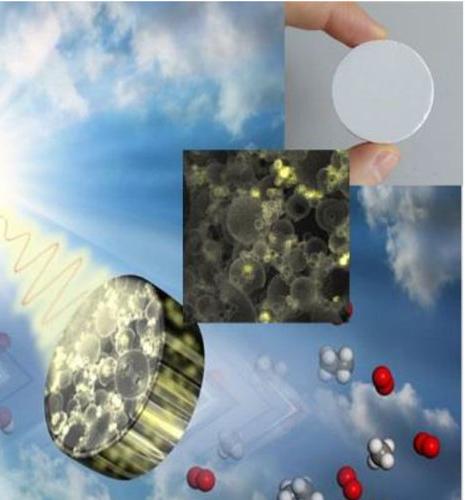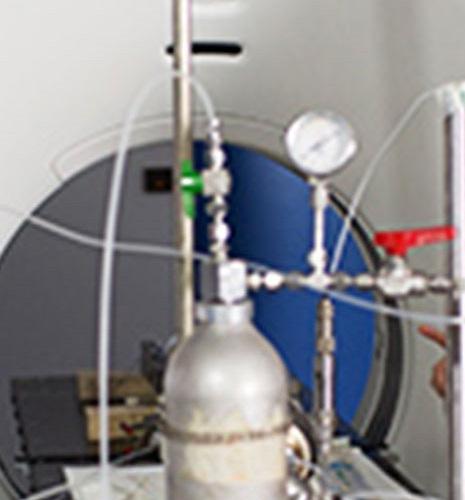
News in brief
Raman: the secret of a successful separation
The development and optimization of chemical processes increasingly involves the instrumentation of pilot and industrial units with inline effluent analysis technologies, capable of supplying relevant

News in brief
Hélène Olivier-Bourbigou : Scientific Woman of the Year – The 2014 Irène Joliot-Curie Prize
Scientific Woman of the Year – The 2014 Irène Joliot-Curie Prize: Hélène Olivier-Bourbigou, Head of research in the field of molecular catalysis at IFPEN


News in brief
Where aviation fuels are concerned... compromise is the name of the game
In the aviation sector, fuels derived from hydrotreated vegetable oils (HEFA a) are seen as an alternative to petroleum based Jet A-1 b to reduce the environmental footprint of air transport. However

News in brief
HTE in a milli-fixed bed reactor boosts the development of slurry catalysts
THÈSE DE CHARLES BONNIN

News in brief
Extrusion: playing the SAXS for success!
Alumina, the archetypal material used for hydrotreatment catalyst supports, has a porous structure at supramolecular scales, determining the transport of oil feeds within it. This structure is largely

News in brief
Boehmite rhapsody! Controlled precipitation
Transition aluminas a, widely used as catalyst supports, play a key role in numerous refining processes. Today, the need to develop new and more efficient catalysts demands, among other things, better

News in brief
Surface characterization at the right TEMPO
The value of X-ray photoelectron spectroscopy (XPS) resides in its capacity to supply information on the surface elementary composition (a few nm) and the chemical environment of the atoms probed

News in brief
ROCK sets the rhythm for catalyst activation
The development of more efficient hydrotreatment catalysts, based on molybdenum (Mo), requires advanced characterization methods that allow materials to be studied in conditions that match those of

News in brief
Infrared and SOLEIL: good vibrations under the microscope
Improving the reactional performance of a catalytic material (obtained by applying an active phase onto oxide grains) requires a better understanding of the mechanisms involved in the reaction. More








